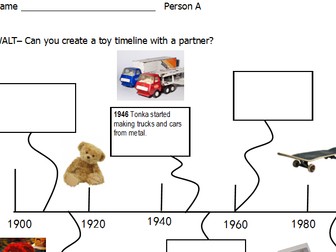Amazing Grace Whole Class Guided Reading Sequence
<p>*<em><strong><strong>REDUCED PRICE FOR THE REST OF 2024!!</strong></strong></em></p>
<p><strong>This is a new and updated guided reading sequence…buy it now for a £1 special offer- please leave me a review as I would like to get feedback on the new resource.</strong></p>
<p>This guided reading activity is used to support the story, Amazing Grace by Mary Hoffman . It is aimed to be used with Whole Class Guided Reading, but can be used in small groups too.</p>
<p>This is for using the strategy for whole class guided reading.</p>
<p>The pdf is a selection of slides for a 5 day sequence. The first focus is on vocabulary where children search for and discuss meanings of words. The next section is reading aloud (listen to teacher, echo read, choral read). Next children will summarise and finally answer some comprehension questions around the text. There are also minimum of two engaging extension activties for those that finish.</p>
<p>It was aimed at Key Stage 1 children. This poem story has many challenging words, so it may be useful to spend a couple of days on the ‘dictionary skills’ section to make sure that children understand the language.</p>
<p>It covers the following National Curriculum learning objectives:</p>
<p>-develop pleasure in reading, motivation to read, vocabulary and understanding by:<br />
listening to, discussing and expressing views about a wide range of contemporary and classic poetry, stories and non-fiction at a level beyond that at which they can read independently<br />
-becoming increasingly familiar with and retelling a wider range of stories, fairy stories and traditional tales<br />
-drawing on what they already know or on background information and vocabulary provided by the teacher<br />
-making inferences on the basis of what is being said and done<br />
-answering and asking questions<br />
-predicting what might happen on the basis of what has been read so far<br />
-using dictionaries to check the meaning of words that they have read<br />
-checking that the text makes sense to them, discussing their understanding, and explaining the meaning of words in context.</p>






